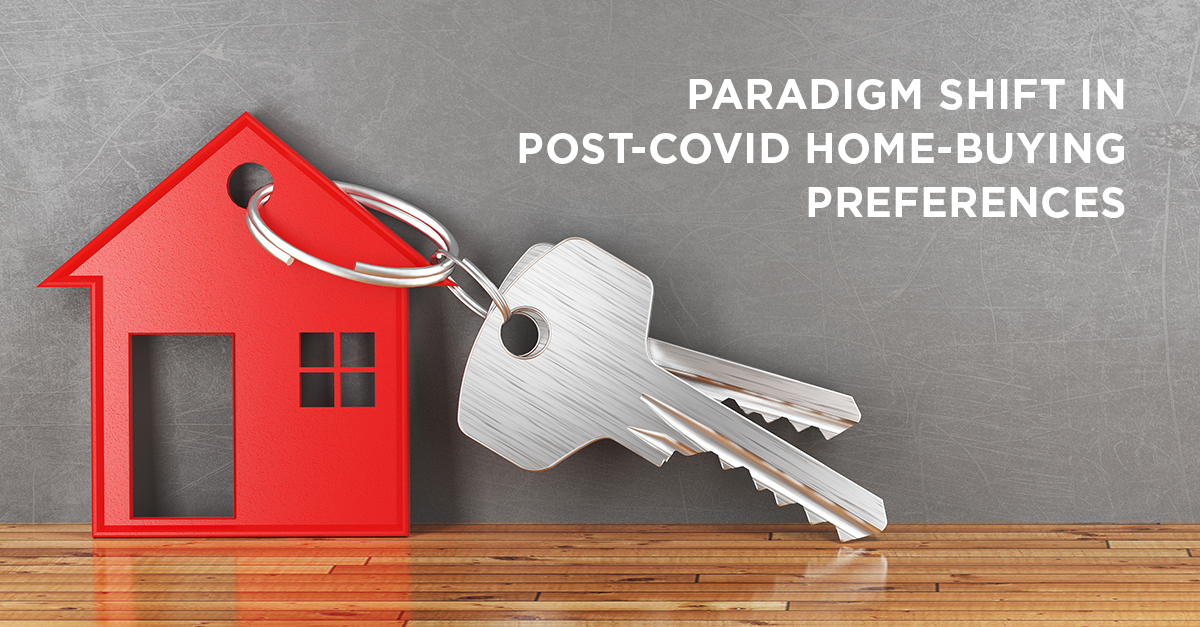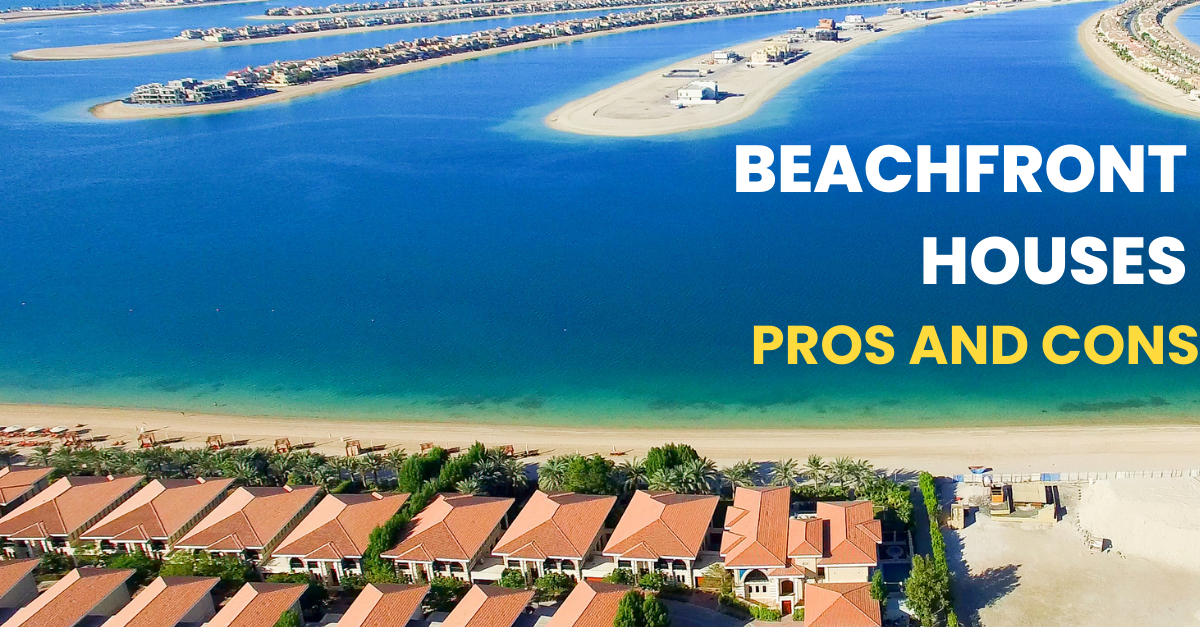Paradigm shift in post-COVID home-buying preferences
The COVID-19 outbreak has upended what was generally perceived as “normal circumstances”. The longer the crisis persists, chances are that we could reach a point of no return, where consumers will align their expectations with the transformative change. The impact has already begun to take shape in the real estate sector, indicating a paradigm shift in home buying preferences.
A grim outlook looms over global real estate in the near term, with speculative customers exiting the market, while public health crisis continues to hinder resumption of transactional activity. Larger and institutional investors, on the other hand, remain bullish over a rebound soon, but are reluctant to make major investments in haste. As things stand, the market is driven by end users, who are largely in anticipation of a drop in price or discounts. Conversely, the vendors are biding their time, hoping for an inflection point when buyer sentiment becomes more concrete.
The “new normal”
Today, organizations are banking on digital tools to maintain business continuity. The likes of Twitter and Slack have introduced permanent work-from-home policies, while other organizations are temporarily relying on video conferencing apps like Zoom to sustain their operations. Online shopping has witnessed meteoric growth, as mobility continues to be limited. Retailers are also near-shoring their supply lines – a move that could have broad implications on CRE. These are among the many long-lasting changes whose knock-on impact on customer preferences is likely to manifest over the coming months.
Boroughs to ‘burbs
Over-population in vertical cities and prime markets is fueling a relocation trend, directed towards suburbs and tier-2 cities. New York-based brokers, for instance, are reporting(1) that buyers are showing increased affinity towards ready-to-move-in apartments, within gated societies located in horizontal cities. Similar trends can be witnessed in London, where decentralization was well underway since 2019, before the pandemic gave it an impetus. This trend is propelled by COVID-induced growth in online working, which enables professionals to operate remotely, away from central offices. Even the affordability in non-prime markets is a causal factor.
Sustained demand for rentals
The economic fallout of the COVID crisis has dented the home buying aspirations of a large segment of prospective buyers. However, this could work in favour of the rental market, in the short to medium term. Career uncertainties and risk of virus transmission could dissuade first-time buyers from investing and instead stay in their rented homes longer than they might have planned to. These trends do not apply to the rental market as a whole, as sub-markets such as co-living and co-working have taken a hit. Villas and townhouses could be favoured over high-density, multi-family facilities, owing to the need for social distancing.
The brand bias
In a few markets, health officials have amended building codes to limit the risk of future COVID-like crises. As a result, tight-knit facilities have to contend with new square-footage-per-person restrictions, revised HVAC standards and mandatory community-level infrastructure requirements. This could encourage buyers to prefer recognized builders, even if it entails higher costs.
E-commerce and storage units
This pandemic has delivered a significant blow to brick-and-mortar retail, and resulting churn could lead to conversion and repurposing of physical stores. Simultaneously, the consequent growth in e-commerce has led to demand in larger industrial storage space. Organizations and governments, having encountered pandemic-related supply chain disruptions, are enhancing their storage capacities, as additional stock ensures business continuity in the event of a future disruption, before supply chains resume their throughput.
Value and volume
Extended stay-at-home periods have encouraged a significant majority of individuals to explore upgrading, for want of space, value-added services and amenities. Brokerage firms are increasingly receiving enquiries for apartments with outdoor spaces and home offices. Other recurring expectations include less-dense societies, tech-based facility management, low noise levels, etc.
Buyer sentiment in the UAE
According to the Global Liveability Survey(2) conducted by the Economist Intelligence Unit, Abu Dhabi and Dubai are the most liveable cities in the Arab world. Such findings attest to the region’s ability to generate investor interest, despite the pandemic related setbacks.
In response to reduced purchasing power of first-time buyers and liquidity concerns among sellers, the UAE government has launched new policies to bridge long-standing barriers between the real estate sector and the financial market. This could help developers to not only come up with highly-relevant products that cater to new preferences, but also provide discounts and additional incentives to buyers.
Proactive response to the crisis, in UAE real estate
The UAE is one of the few nations to lay special emphasis on real estate in stimulus packages, recognizing the need to fortify mortgage financing systems. Besides, the pre-pandemic measures to diversify offerings, further steps are now being taken to ensure that the residential stock boasts a fair share of low-density apartments, villas, townhouses, hybrid and mixed-use developments. This bodes well during a period when customer preferences continue to evolve.
The real estate sector is shifting to a focus on creating unique customer experiences, in conjunction with addressing concerns that have taken centrestage due to the ongoing disruption. The key is to avoid missing the forest for the trees; to safeguard short-term interests without undermining long-term outlook. Delivering such nuanced outcomes will require a successful economic model, a progressive polity, human-centered innovation and responsiveness to change – all attributes that are entrenched in, and exuded by, the UAE economy.




